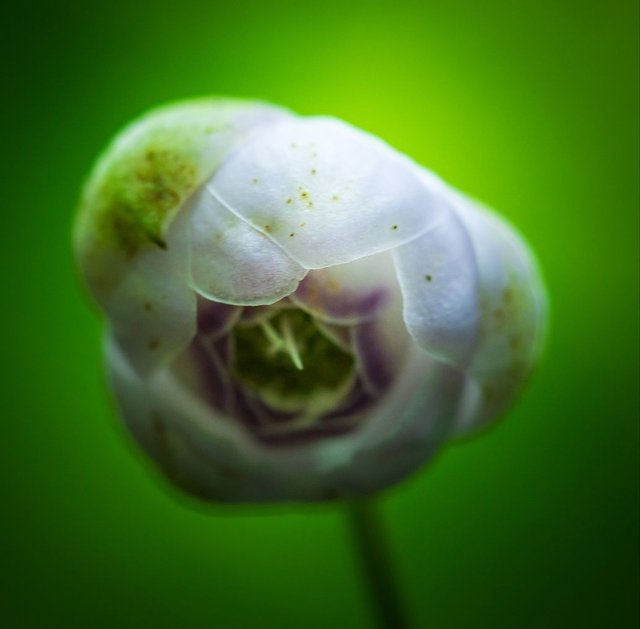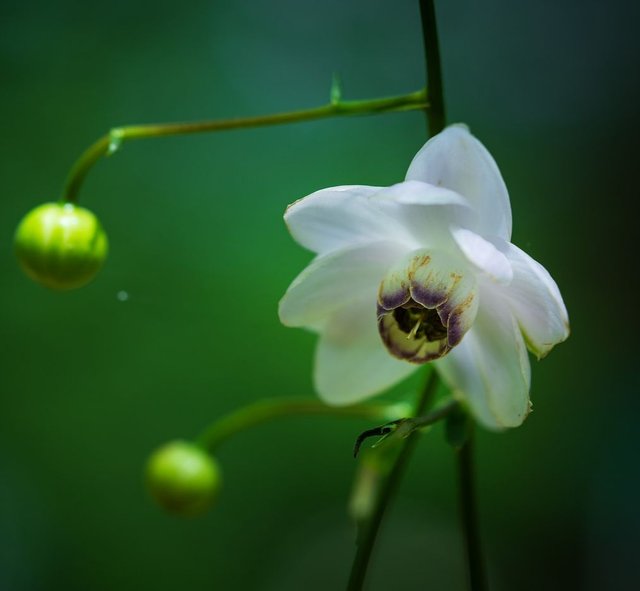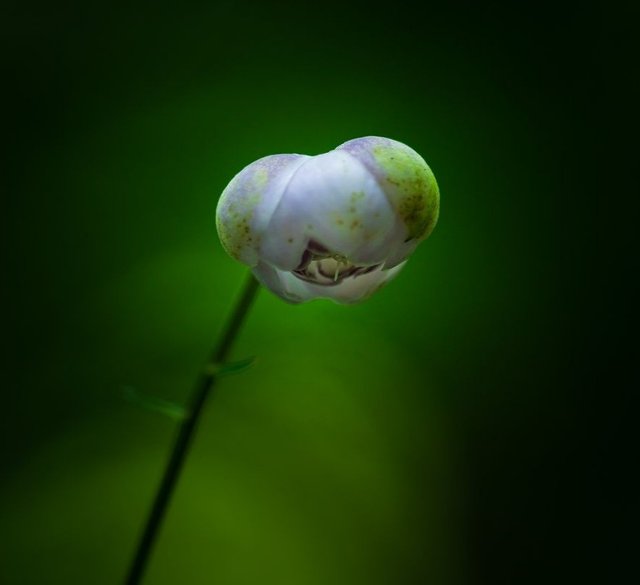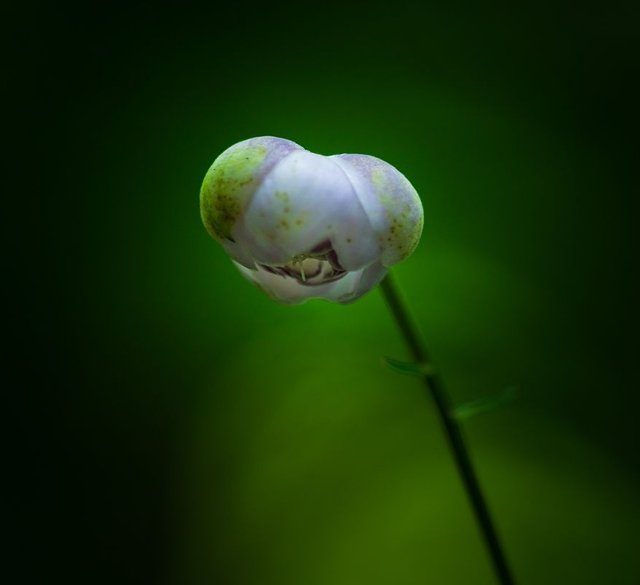Anemonopsis Macrophylla So Amazing
Anemonopsis macrophylla: The Enigmatic Beauty of Japan's Woodland Gardens
Anemonopsis macrophylla is a rare and captivating perennial plant that enchants gardeners and botanists alike with its delicate beauty and subtle charm. Native to the cool, temperate woodlands of Japan, this herbaceous plant belongs to the Ranunculaceae family, which also includes well-known plants like anemones, buttercups, and hellebores. With its unique appearance, enchanting flowers, and intriguing growing requirements, Anemonopsis macrophylla has become a sought-after species for those passionate about shade gardening and woodland plant collections.
Origins and Habitat
Anemonopsis macrophylla is endemic to the mountainous regions of Honshu, Japan, where it thrives in cool, moist, and shaded environments. In its natural habitat, it can be found growing on the forest floor, nestled among ferns, moss, and other shade-loving plants. The species thrives in areas with high humidity, cool temperatures, and well-drained, slightly acidic soil. These specific conditions have made it challenging to cultivate outside its native environment, but with the right care, it can be a breathtaking addition to gardens worldwide.
In its natural setting, Anemonopsis macrophylla plays a role in maintaining the delicate balance of forest ecosystems. The plant’s presence supports local insect populations, providing nectar and pollen to pollinators such as bees and butterflies.
Botanical Description
The plant’s botanical name, Anemonopsis, means "anemone-like appearance," referring to its resemblance to the more familiar anemone flowers, while macrophylla translates to "large-leaved," describing its substantial foliage. While Anemonopsis macrophylla may not be as widely known as its cousins in the Ranunculaceae family, it stands out due to its graceful and ethereal blooms.
Leaves
Anemonopsis macrophylla is a clump-forming perennial that grows up to 30-60 cm in height. Its basal leaves are large, deeply lobed, and glossy, forming a dense, attractive mound that remains lush throughout the growing season. The leaves are often compared to those of hellebores or astilbes, making the plant an excellent companion for other woodland species. The foliage emerges in spring, often starting with a soft green hue before darkening to a rich, deep green as the season progresses.




Thanks For Reading
Device Information
| Device | Redmi Note 10 Pro |
|---|---|
| Lens | 64 mp |
| Location | Bangladesh |
